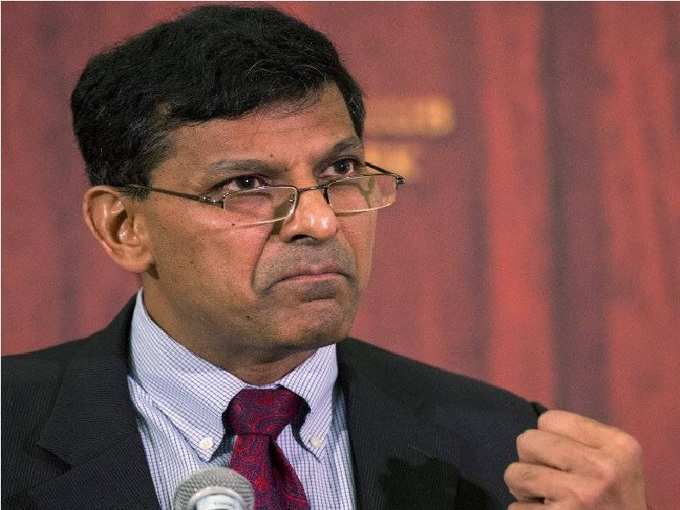
It was today in the first bi-monthly monetary policy review for 2016-17 that
However, it is still to be seen how much and when they plan to pass on the benefit to their customers. In the meantime, borrowers can explore banks and look to switch their loans if their banks do not pass on the rate cut.
The 0.25% cut in repo rate, along with reduction in small savings rate and the marginal cost-based lending rate (MCLR)-linked lending will likely put pressure on banks to cut lending rates.
Since banks would now have a lower cost of funds from RBI’s end, they can pass on this rate cut to customers who take loans. Over the last 18 months, RBI had cut repo rate by a total of 1.5%; but banks have only passed about 0.5% to its borrowers, and the rest remains with them.
Here is how a fall in repo rate impacts home loan taken on a flexible interest rate.
On Loan Tenure: if the banks pass on the benefit, and home loan rate falls by 0.25 %, there could be a huge cumulative advantage. For example, there is an outstanding amount on a home loan is Rs 10 lakh at an interest rate of 10.50%, with 20 years remaining and at an EMI of Rs 9,983. If rate falls by 0.25% and the EMIs are kept constant, the tenure would lessen by about 13 months.
On EMIs: A cut in repo rate has the most immediate and visible impact on the EMIs. If the EMI on Rs 40-lakh loan for 15 years at 9.5% stands at Rs 41,769, a 0.25% decrease in home loan rate would bring the EMIs to Rs 41,168, saving Rs 600 a month.
On Interest Burden: Interests have the actual impact when repo rates are cut, especially the total interest paid. In the above example, interest up to Rs 1, 08,000 can be saved.